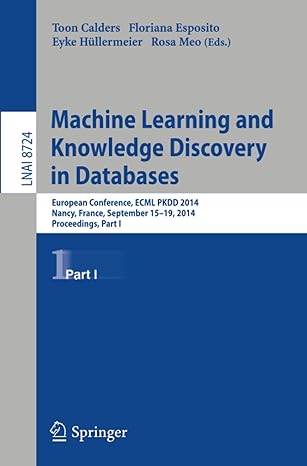Answered step by step
Verified Expert Solution
Question
1 Approved Answer
Complete and test a HashedDictionary class based on the partially complete files provided below. Step 1 First complete the Entry class. The class declaration is
Complete and test a HashedDictionary class based on the partially complete files provided below.
Step
First complete the "Entry" class. The class declaration is provided below in the file "Entry.h It just consists of constructors, mutators, and accessors. You need to write the implementation in a file named "Entry.cpp
Step
Next complete the "HashedEntry" class. Once again, the class declaration is provided below in the file "HashedEntry.h it just consists of constructors, mutators, and accessors, and you'll need to write the implementation in a file named "HashedEntry.cpp
Step
Next write the HashedDictionary class. The HashedDictionary class must be derived from the DictionaryInterface class provided below. You can ignore the commented out "traverser function. The add and remove functions are provided below in the partially completed file "HashedDictionary.cpp Use the following and only these data members in your class, exactly like this:
HashedEntry hashTable; Array of pointers to entries
int itemCount; Count of dictionary entries
int hashTableSize; Table size must be prime
static const int DEFAULTSIZE ;
Don't let the intimidate you! It's actually nothing new. A dynamic array declaration looks like this:
;
The type of our elements pointer to HashedEntry will be HashedEntry So replacing in the above pattern with HashedEntry we get
HashedEntry hashTable;
You may want to add a display member function to your HashedDictionary class for testing purposes.
Regarding repeated search keys, we will leave the behavior undefined. In other words, don't even think about what should happen if repeated search keys are encountered.
You will need a getHashIndex function. To keep things simple, we will fudge things a little for it Normally this function would be provided by the client. We will instead include this function in the HashedDictionary class, and we will simply assume for this function only that KeyType is always a string. The word "string" won't occur anywhere in your HashedDictionary code, but you'll treat the search key as if it is a string, using expressions such as searchKeyi Here is my function header for the getHashIndex function:
template
int HashedDictionary::getHashIndexconst KeyType& searchKey const
To calculate the hash index, sum the ASCII codes of each character in the searchKey, and then modulus by hashTableSize.
Step
Write a client program to test your class. The program should read a file containing information about famous people name age, zip code, etc. and store the data in a HashedDictionary object. It should then test all of the member functions of the HashedDictionary class. This could get long, but don't worry about decomposing. You can just have a really long main function.
I've provided the start of the client program, as well as the data file famoustxt You'll need to add code to main to test the remaining member functions. Note that the data file contains quite a lot of randomly generated data that may look like garbage when you run your program, but is actually correct.
Each FamousPerson will have the following data fields:
a nonunique ID number, stored as a string
an income tax status, stored as a single char m for married, s for single, h for head of household
last name the search key stored as a string
first name, stored as a string
age, stored as an int
street, stored as a string
zip code, stored as a string
Assume that all strings are single words no spaces
Step by Step Solution
There are 3 Steps involved in it
Step: 1

Get Instant Access to Expert-Tailored Solutions
See step-by-step solutions with expert insights and AI powered tools for academic success
Step: 2

Step: 3

Ace Your Homework with AI
Get the answers you need in no time with our AI-driven, step-by-step assistance
Get Started


